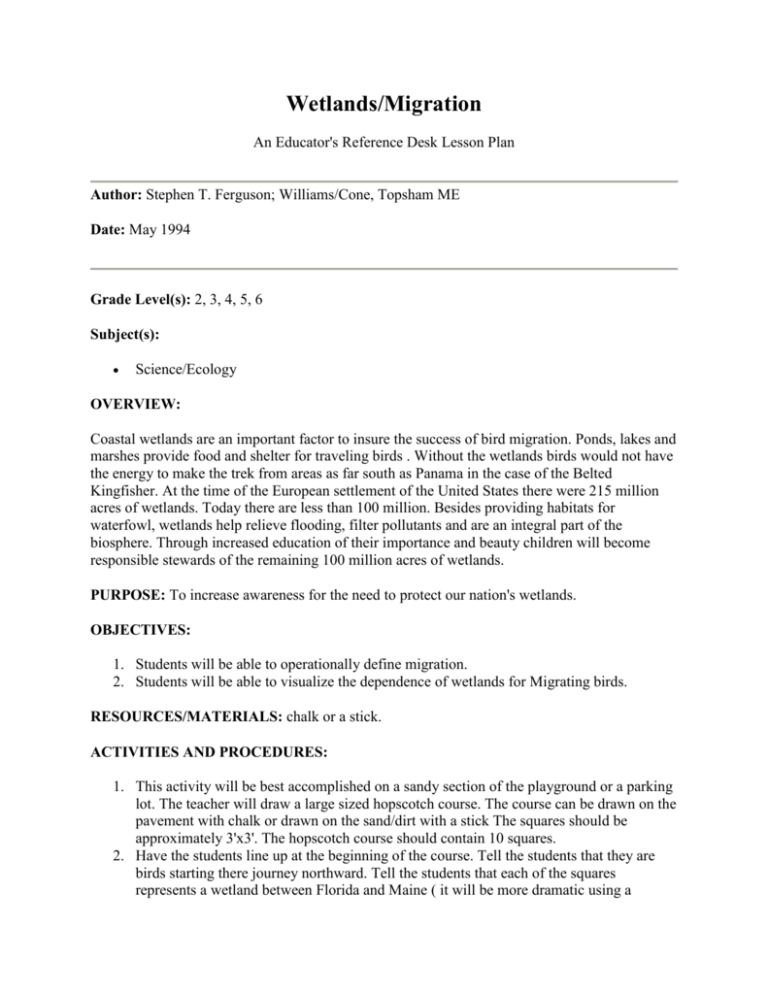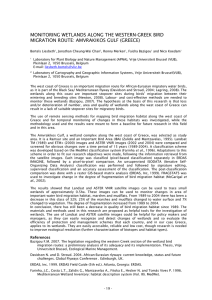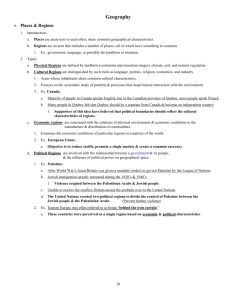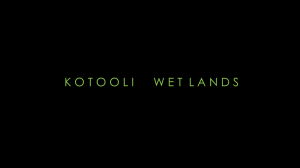Wetlands and migration - Sultana Education Foundation
advertisement

Wetlands/Migration An Educator's Reference Desk Lesson Plan Author: Stephen T. Ferguson; Williams/Cone, Topsham ME Date: May 1994 Grade Level(s): 2, 3, 4, 5, 6 Subject(s): Science/Ecology OVERVIEW: Coastal wetlands are an important factor to insure the success of bird migration. Ponds, lakes and marshes provide food and shelter for traveling birds . Without the wetlands birds would not have the energy to make the trek from areas as far south as Panama in the case of the Belted Kingfisher. At the time of the European settlement of the United States there were 215 million acres of wetlands. Today there are less than 100 million. Besides providing habitats for waterfowl, wetlands help relieve flooding, filter pollutants and are an integral part of the biosphere. Through increased education of their importance and beauty children will become responsible stewards of the remaining 100 million acres of wetlands. PURPOSE: To increase awareness for the need to protect our nation's wetlands. OBJECTIVES: 1. Students will be able to operationally define migration. 2. Students will be able to visualize the dependence of wetlands for Migrating birds. RESOURCES/MATERIALS: chalk or a stick. ACTIVITIES AND PROCEDURES: 1. This activity will be best accomplished on a sandy section of the playground or a parking lot. The teacher will draw a large sized hopscotch course. The course can be drawn on the pavement with chalk or drawn on the sand/dirt with a stick The squares should be approximately 3'x3'. The hopscotch course should contain 10 squares. 2. Have the students line up at the beginning of the course. Tell the students that they are birds starting there journey northward. Tell the students that each of the squares represents a wetland between Florida and Maine ( it will be more dramatic using a migration path which includes your state. Specific migration patterns and bird species can be obtained from a bird field guide.). Students are then challenged to migrate northward on the course. They do not have to step on every square, however they must not go outside the course. 3. All students should be successful in the first migration. Now, tell the students you are a developer. You will destroy 2 wetland areas in order to build condos. Put an "X" on two of the squares. Tell students to make the migration once again. The students may not set foot on the destroyed wetlands. If they do, they die and thus may not participate in any further migrations. After all students have run through destroy two more and repeat the procedure. Repeat this until all students fail to make the migration. Try to "X" off the squares in such a way that not all are destroyed but are so far apart students can not make the jump. This will help with the debriefing. TYING IT ALL TOGETHER: At the end of the activity ask students the following questions: 1. 2. 3. 4. 5. 6. Explain why some birds died earlier than others? Why did the rest of the birds die? Explain how this game represents migration. Why did the birds die even though some wetlands remained at the end of the game? Why is it important to save wetlands in all states? How do migrating birds depend on wetlands during migration? EXTENSION: Have students investigate any developments in their community that threaten wetlands. Have students use field guides to investigate birds which migrate to and from their community. Footnote: 1. William A. Niering, Wetlands, ( New York, 1988), p. 19. May 1994 These lesson plans are the result of the work of the teachers who have attended the Columbia Education Center's Summer Workshop. CEC is a consortium of teacher from 14 western states dedicated to improving the quality of education in the rural, western, United States, and particularly the quality of math and science Education. CEC uses Big Sky Telegraph as the hub of their telecommunications network that allows the participating teachers to stay in contact with their trainers and peers that they have met at the Workshops. http://www.eduref.org/cgi-bin/printlessons.cgi/Virtual/Lessons/Science/Ecology/ECL0068.html Bird Lesson Plans from the Illinois Natural History Survey http://www.inhs.uiuc.edu/resources/virtualbird/educational.html Lesson 1: What Makes a Bird a Bird? Students' lesson ----- Teachers' lesson plan Lesson 2: Home Tweet Home Students' lesson ----- Teachers' lesson plan Lesson 3: Birds of a Feather Students' lesson ----- Teachers' lesson plan Lesson 4: Natural Tools Students' lesson ----- Teachers' lesson plan Lesson 5: House Plans Students' lesson ----- Teachers' lesson plan Lesson 6: Bird Banter Students' lesson ----- Teachers' lesson plan Lesson 7: Hello, Mate Students' lesson ----- Teachers' lesson plan Lesson 8: Moving Day Students' lesson ----- Teachers' lesson plan Lesson 9: Right or Wrong- You Decide Students' lesson ----- Teachers' lesson plan Lesson 10: Here Today...Gone Tomorrow Students' lesson ----- Teachers' lesson plan Lesson 11: Be a Birder Students' lesson ----- Teachers' lesson plan Lesson 12: Educated Action Students' lesson ----- Teachers' lesson plan








